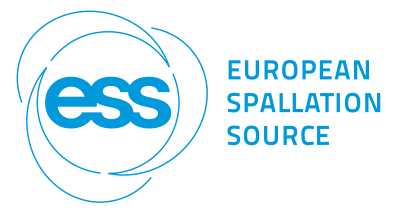Speaker
Description
Understanding and controlling topological magnetic textures, such as skyrmions, spin spirals, and chiral domain walls, is essential for developing next-generation spintronic and energy-efficient magnetic devices. Their formation and stability depend sensitively on the underlying microscopic magnetic interactions. In this work, we employ a multiscale theoretical approach that bridges first-principles calculations and spin-dynamics simulations to explore the emergence and robustness of chiral spin textures under varying temperature and external magnetic fields. Our framework combines ab initio density-functional theory (DFT) [1] with atomistic spin dynamics [2], using the real-space linear muffin-tin orbital atomic sphere approximation (RS-LMTO-ASA) method [3] to compute key spintronic parameters: non-collinear spin and orbital magnetic moments [4], isotropic and Dzyaloshinskii–Moriya exchange interactions [5], local and non-local Gilbert damping [6], spin-lattice coupling constants [7], and magnetic anisotropy. The approach has been applied to a variety of systems, including bulk compounds, thin films, multilayers, nanowires on surfaces, and complex heterostructures, revealing new mechanisms for chiral and orbital magnetism [8–11]. The theoretical insights obtained from this theoretical framework not only elucidate experimentally observed phenomena but also provide predictive capabilities for designing artificial magnetic heterostructures with tunable chiral interactions. Furthermore, this work highlights the versatility of first-principles approaches in advancing magnetic materials research, with significant implications for spintronics, ultrafast magnetization dynamics, and energy-efficient magnetic devices, strengthening the bridge between theory and experiment in the study of nanostructured magnetic materials.
[1] W. Kohn and L. J. Sham, Phys. Rev. A 140, 1133 (1965). [2] B. Skubic, et al., J. Phys. Cond. Matt. 20, 315203 (2008). [3] S. Frota-Pessôa, Phys. Rev. B 46, 14570 (1992). [4] M. M. Bezerra-Neto et al., Phys. Rev. B 112, 014440 (2025). [5] R. Cardias et al., Phys. Rev. B 108, 224408 (2023). [6] I. P. Miranda, et al., Phys. Rev. B 103, L220405 (2021). [7] I. P. Miranda et al., Phys. Rev. Materials 9, 024409 (2025). [8] P. C. Carvalho, et al., Phys. Rev. Materials 5, 124406 (2021). [9] I. P. Miranda, et al., Phys. Rev. B, 105, 224413 (2022). [10] P. C. Carvalho et al., Nano Letters 23, 4854 (2023). [11] J. Brandão et al., Comm. Phys./Nature 8, 22 (2025).
